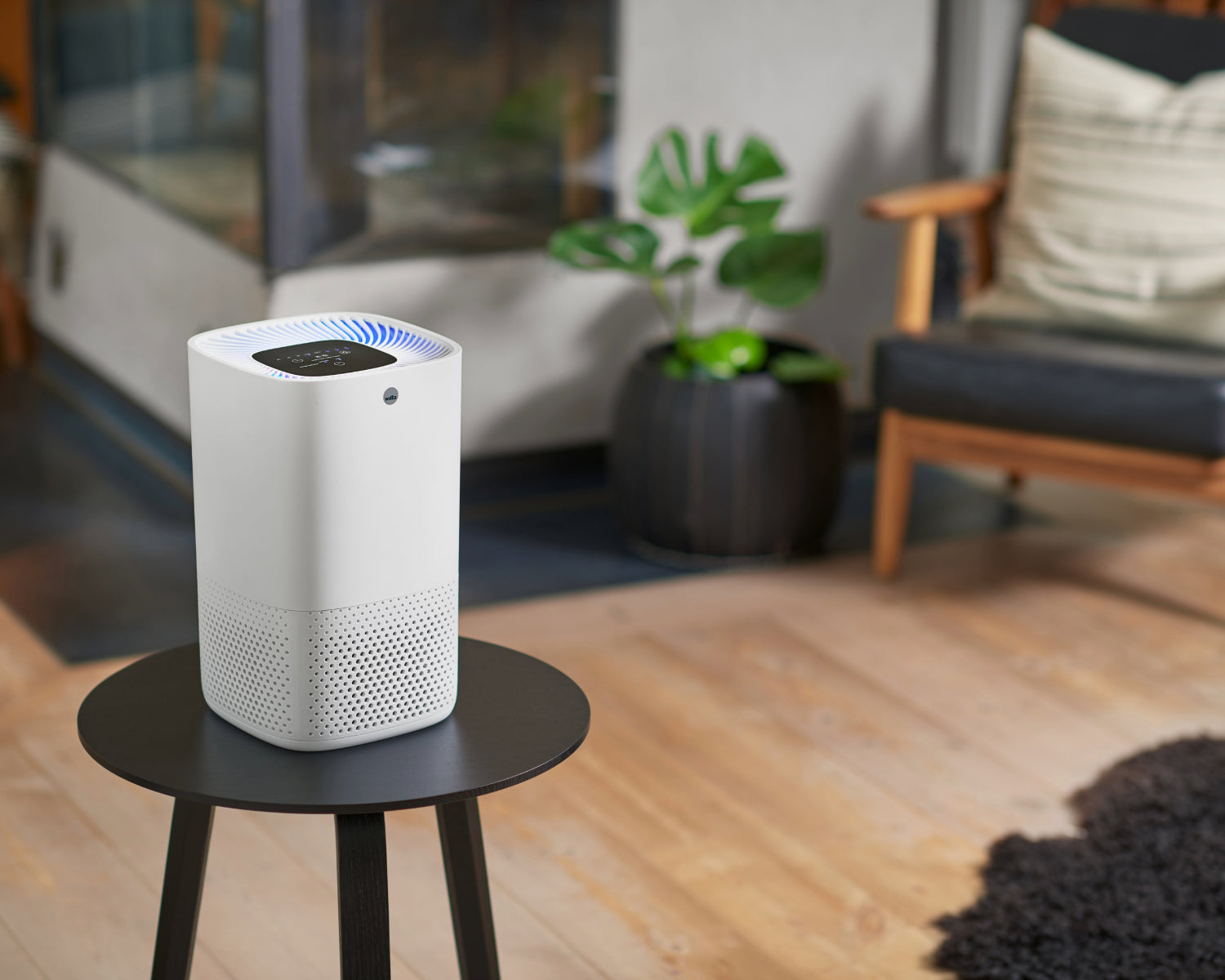A new study suggests we may be inhaling over 100 times more microplastics through the air than previously believed. As reported in an article on the Norwegian news site DinSide, the findings highlight indoor air as an overlooked source of microplastics, with tiny particles from everyday products potentially ending up in our lungs. There is still much uncertainty about the exact health effects of microplastics on the human body.
What is microplastic and where does it come from?
Microplastics are small plastic fragments, less than 5 mm in size, originating from textiles, household items, and rubber-based materials. At home, they are often released from clothing, furniture, flooring, and plastic objects. As these materials wear down, tiny fibres are stirred into the air and the smaller they are, the longer they float.
We breathe it in without realising
As we spend around 90% of our time indoors, the quality of the air around us becomes increasingly important. Regular cleaning and vacuuming help, but they don’t catch everything. The tiniest particles, including microplastics, remain suspended in the air, invisible to the eye and easy to breathe in. The researchers behind the study believe it’s high time we started paying closer attention to what we’re actually inhaling.
Air purifier – a smart step towards cleaner air
An air purifier equipped with HEPA and activated carbon filters can capture microparticles, dust, odours, and pollen including many microplastic particles, as long as they are not too small to filter. Several models come with sensors that monitor air quality and adjust the power automatically, so you know when the air really needs cleaning.
Tips for a cleaner indoor environment
An air purifier works best when combined with a few everyday habits:
- Vacuum and clean regularly, especially textiles and carpets
- Ventilate your home often
- Choose furniture and clothing with less synthetic material
- Change your air purifier filter regularly
Sources:
Ny studie: Vi puster inn 70 000 mikroplastpartikler daglig fra inneluft
Human exposure to PM10 microplastics in indoor air | PLOS One
Purify the air | Stadler Form

